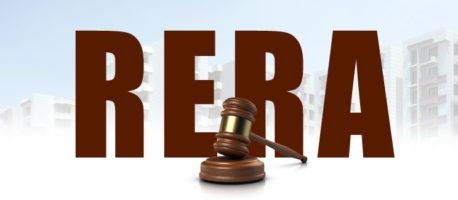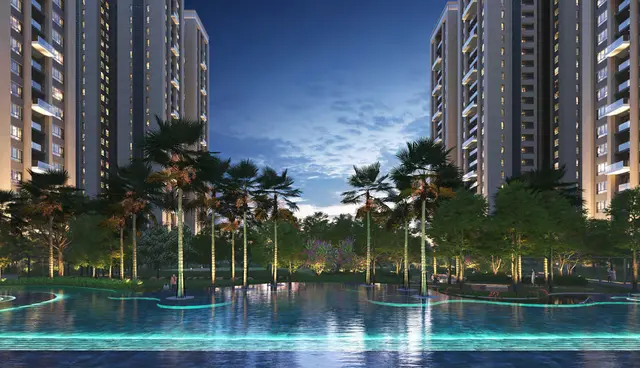Vastu remains a strong influence on home-buying decisions across Kolkata — not only for cultural reasons but because buyers often associate Vastu compliance with comfort, resale preference and family wellbeing. Whether you’re superstitious or pragmatic, a few simple Vastu checks can help you avoid awkward layouts, improve natural light & ventilation, and make your home feel calmer — without ripping up the floor. This post gives practical Vastu tips you can check during a site visit and explains which changes are low-cost vs structural. (Also: how these checks tie into resale and loan decisions.)
What is Vastu — a practical view
Vastu is an ancient Indian design system about orientation, light, airflow and spatial layout. For modern buyers, treat Vastu as a practical checklist for ventilation, natural lighting, drainage and room orientation — qualities that also affect habitability and resale. This pragmatic approach avoids ritualism while keeping buyer preferences in mind.
Top Vastu checks to do when inspecting a Kolkata flat or villa
- Main entrance direction & feel: Entrance that receives morning light or faces an open road is preferred by many buyers. Check if the lobby feels bright and unobstructed.
- Living room location: Ideally near the entrance and with good cross-ventilation. Avoid windows that open only onto narrow light-wells.
- Kitchen placement & airflow: A kitchen with a window and proper chimney/exhaust improves indoor air quality — this is a Vastu and health win.
- Master bedroom orientation: For resale and comfort, a bedroom that avoids direct afternoon heat (west) and has cross-ventilation is better.
- Toilet & drainage: Ensure toilets are not adjacent to the puja/prayer area, and drainage runs away from the house — practical for hygiene and structural health.
- Natural light & ventilation: Well-lit, ventilated homes feel larger and reduce humidity — an outcome both Vastu and modern building science favour.
Low-cost Vastu fixes vs structural red flags
Low-cost fixes: furniture placement, mirrors, light colours, plants near the entrance, directional placement of the puja/meditation area.
Structural red flags to avoid: blocked windows (poor ventilation), bathrooms with no exhaust, kitchen without chimney provision, or heavy structural columns in the center room — try to avoid projects where these are permanent. These issues affect living comfort and future buyer demand
Why Vastu affects resale and buyer demand in Kolkata?
In culturally sensitive markets like Kolkata, Vastu compliance is often a stated filter for search and viewings. Projects with sensible orientation, daylight and cross-ventilation attract more buyers and sometimes faster resale. Even buyers who don’t follow Vastu closely prefer homes that feel airy, bright and logically laid out — all practical gains of Vastu thinking. For developers and agents, highlighting these features improves conversion.
Quick practical Vastu checklist to carry on site visits
- Entrance: unobstructed, gets morning light (if possible).
- Living room: near entrance, cross-ventilated windows.
- Kitchen: external wall for chimney, ventilation.
- Master bedroom: avoids direct afternoon heat; window for morning light.
- Bathrooms: have exhaust and proper drainage away from living areas.
- Center of home: free from heavy structural obstructions.
FAQ
- Q1: Does Vastu require structural changes to a home?
- A1: Most Vastu improvements are non-structural (furniture, layout, colours). Structural changes are expensive and usually unnecessary — prioritize ventilation and light instead.
- Q2: If a flat isn’t Vastu-perfect, can I still buy it?
- A2: Yes — consider low-cost fixes and judge by practical factors (light, ventilation, drainage, resale potential) before deciding.



